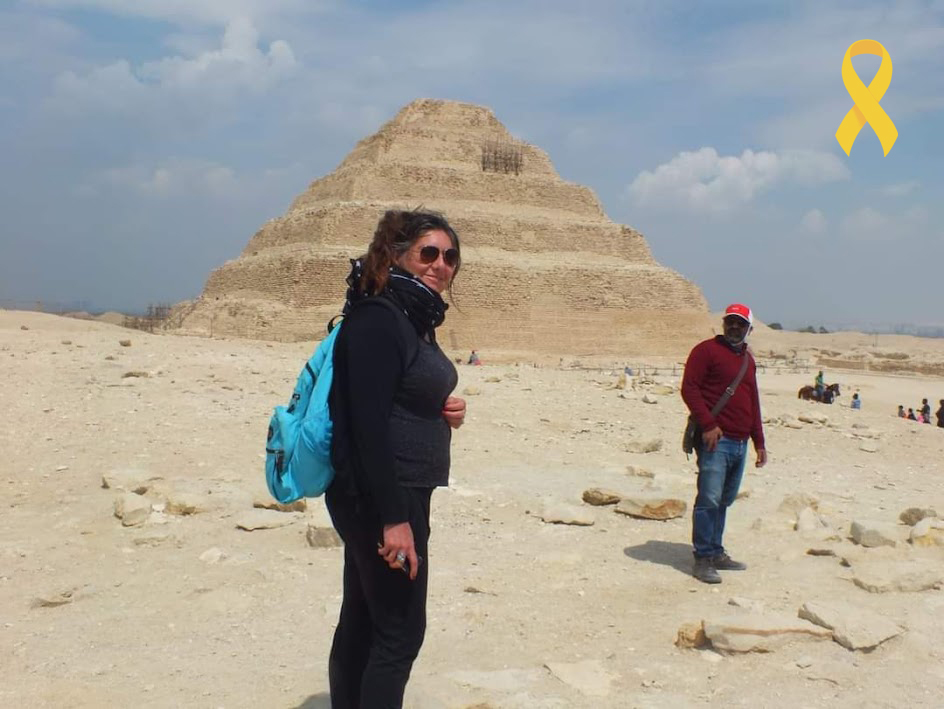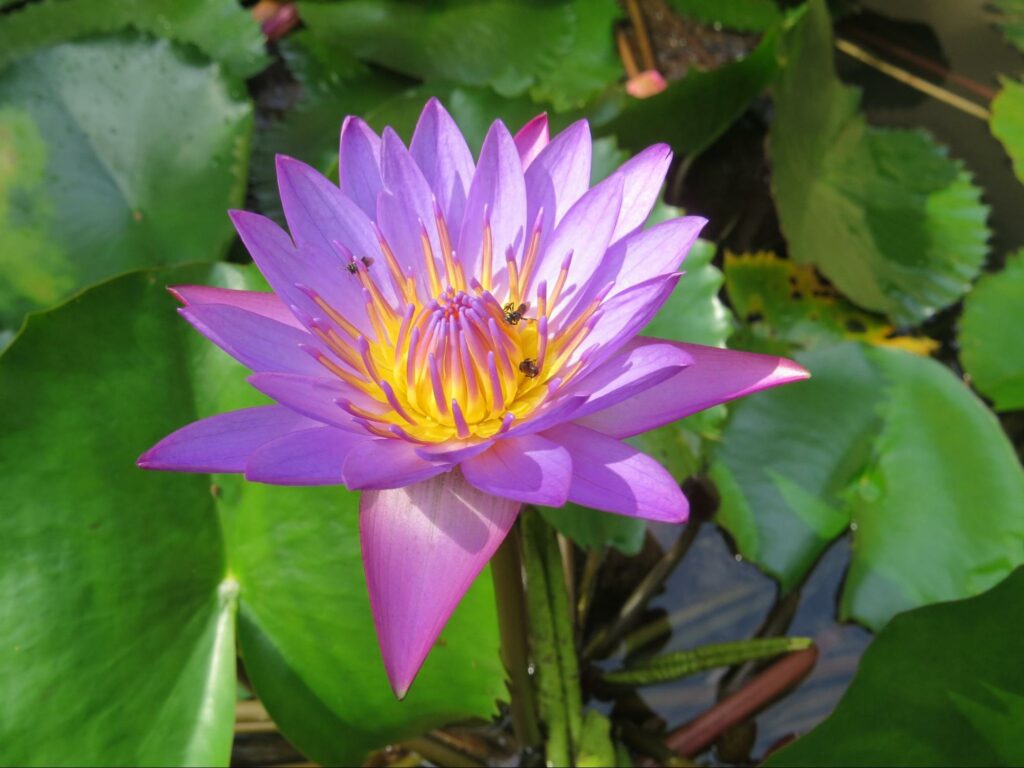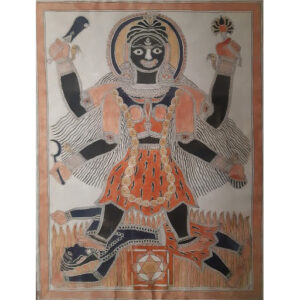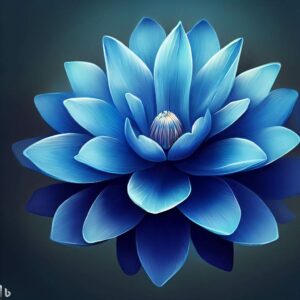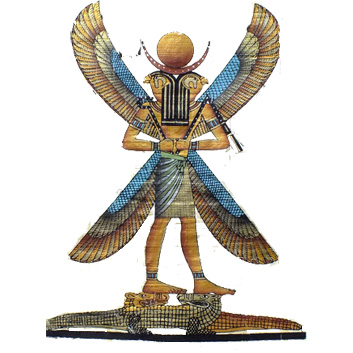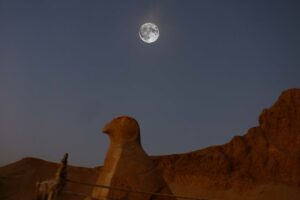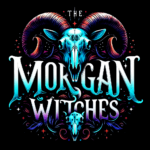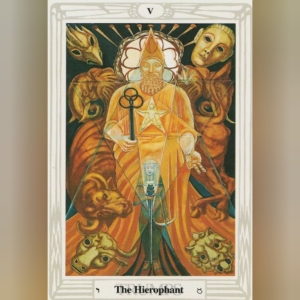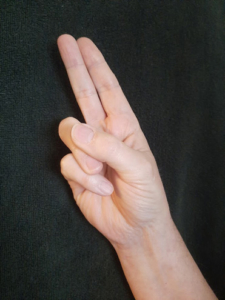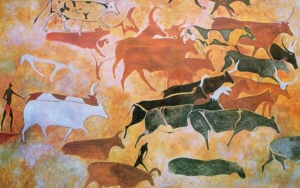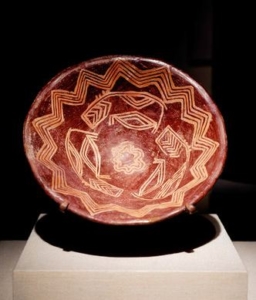Ipet Invocation
Awake and embrace the void
Your heart strong enough for its joys
and its worries
Leave, and when you awake to life
You will feel young again on a new day
Rest, lie down assured of long good health.
“Good night,
the gods protect you,
their protection is before you each day
No bad thing approaches
The demon (Apep) is repelled from your bed chamber
Ipet the Great protects you in your long and powerful life.”
The day and night illumined,
You shine forth
For she guides your steps on the right path,
And you know what is needed,
The god Ptah provisions you,
filling your storeroom,
With food and drink aplenty,
and in good measure.
Your diary and records all in order
and well-composed.
The mistakes of the past are forgotten,
The staff in your hand is well-made and sustaining.
Break bread with the wise,
Your cares are all behind you.
The only reason lies before you,
The best is yet to come.
*
Praise be to TAWERET,
Bringing ‘perfection’ in her beautiful name.
I praise her to the limits of the sky,
I desire her Ka, calming day by day.
Be merciful to me,
May I behold your mercy,
You, of perfect mercy!
Extend your hand to me,
Giving me life,
And granting me offspring!
Do not reproach me for my errors
You, in perfect mercy!
Even if my helpers slip up,
My peers still reward me.
I desire your great strength,
None knows you as I do;
I will say to the children and children’s children:
Thee as guardian before her!
Joy my heart should seize,
Because on this day TAWERET is merciful,
My house prospers with her blessings.
May she give them day after day,
And I never say ‘Oh I have regrets!’
May she continue to give me health,
And my womb bears children safely,
[Or the future be secure].
My heart is glad every day, for sure
The good ones expel the evil,
And I am blessed.
Behold her people will live forever,
My enemies are fearful before you TAWARET!
Since your rage oppresses them
more than a mountain of iron,
Her mercy gives us life!
Soon after drinking the potion a door opened and I crossed over to a different dimension (or was it a different timezone?) I was delivered to a very large cave, I could see patterns in the air (or was it on the walls of the cave?) the patterns were like unfinished paisley shapes in very faint shades of pastels. The vision was clear but the colours and shapes were nothing like I’ve seen before on ayahuasca, mushrooms or LSD, somehow it all looked like a prehistoric type of art.
The vision ended. It didn’t take me long to realise that the Salvia visions are probably short so I took another dose and before I knew it I was surrounded by fireworks.
The next vision was more like a physical experience:
Something purple was trying to burst out of my head, or maybe a purple something was attaching itself to my head and trying to merge with it. I don’t know how to describe that feeling, or how long it took. Salvia time – if you can call it that, is measured in breaths. So, within a breath, the only ‘thing’ that was left of me, was only consciousness. Or was it the ‘purple something’ consciousness? Weightless and with no body, I was floating in the air above the sounds of music. I could hear the music filling the room but somehow I was high above it. And it was more like I can see it as the sounds vibrated under me and not through and around me as music usually experienced.
Was I initiated by the Salvia spirit? Did I become one with Salvia’s spirit for a few short (or long) breaths? I noticed that with every inhalation, shapes like entities(?) were formed around me but I could only see them on the exhale. they looked like they were made of clouds, mist or fog — of breath, my breath. The vision ended and I was left thinking that those entities are something to do with the ancient Egyptian god Shu.
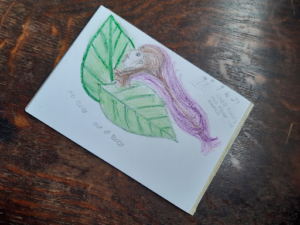
Salvia spirit?
In the next vision, I played with the length of the exhalation, trying to see as many entities as I can and tried to touch them. When I put my hands over my eyes and I could see The Flower Of Life in bright electric blue forming in my hands.
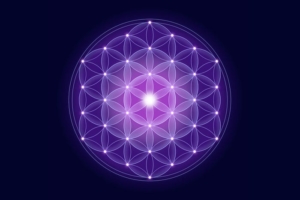
The last vision: I went and sat by the altar, after all, tonight is all about IPET, the hippo goddess of ancient Egypt. So I knelt by the altar and meditate for a while. I don’t know how many breaths have passed, but it felt that I’d been sitting there for a while.
The vision came as I was looking at the flame of the candle. A gate has opened and turned into a 3D tunnel, from which glowing breath-like entities, went through back and forth. The vision was fading away but I felt like dancing to the beautiful Kali mantra that music was playing in the background, vibrating softly in the nearly dark room while the three of us danced around the fire, the wild dance of the fire goddess.
Three hippos dancing around the fire the wild dance of the beast.
The vision has gone, but the hippos were still dancing around the fire
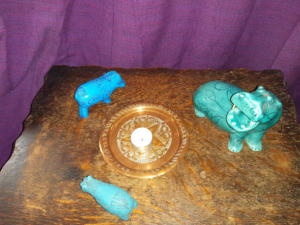
Three Fire-Hippos dancing
.
Was Ipet / Tawaret a fire goddess?
Well yes, “Hathor of the West” is sometimes depicted as a hippo. The four torch goddesses who light the way for the deceased & keep enemies away are connected with her. (See Naos of decades & Gutbub 1965: 45)
Hathor Hippos is indeed a name of personifications of four crucibles of fire, shown in the Naos (the inner chamber or sanctuary of an ancient temple, a tabernacle), a dynamic act of protection, in which one’s enemies are thrown back and burned in the fires. In the end, what remains is submerged in cow’s milk.
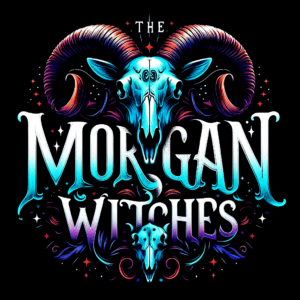
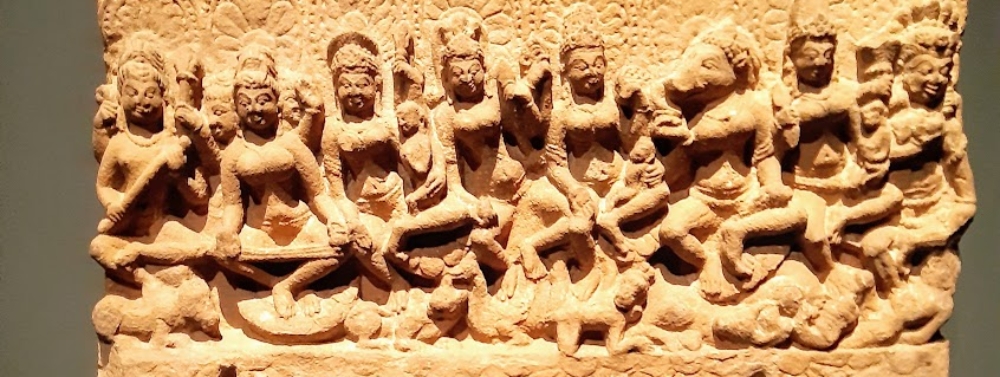
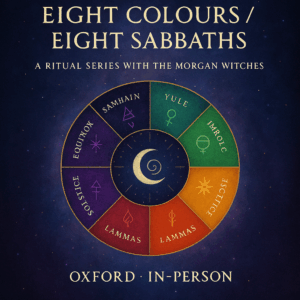
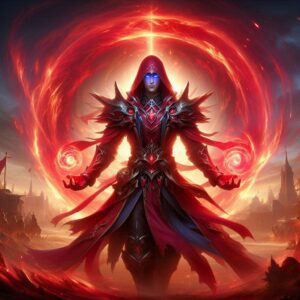
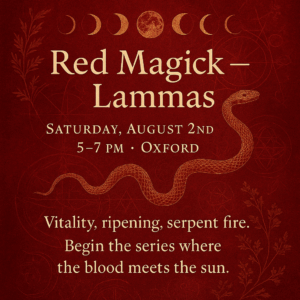
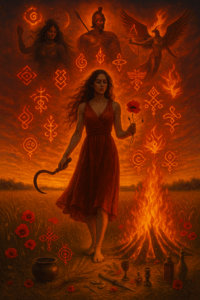
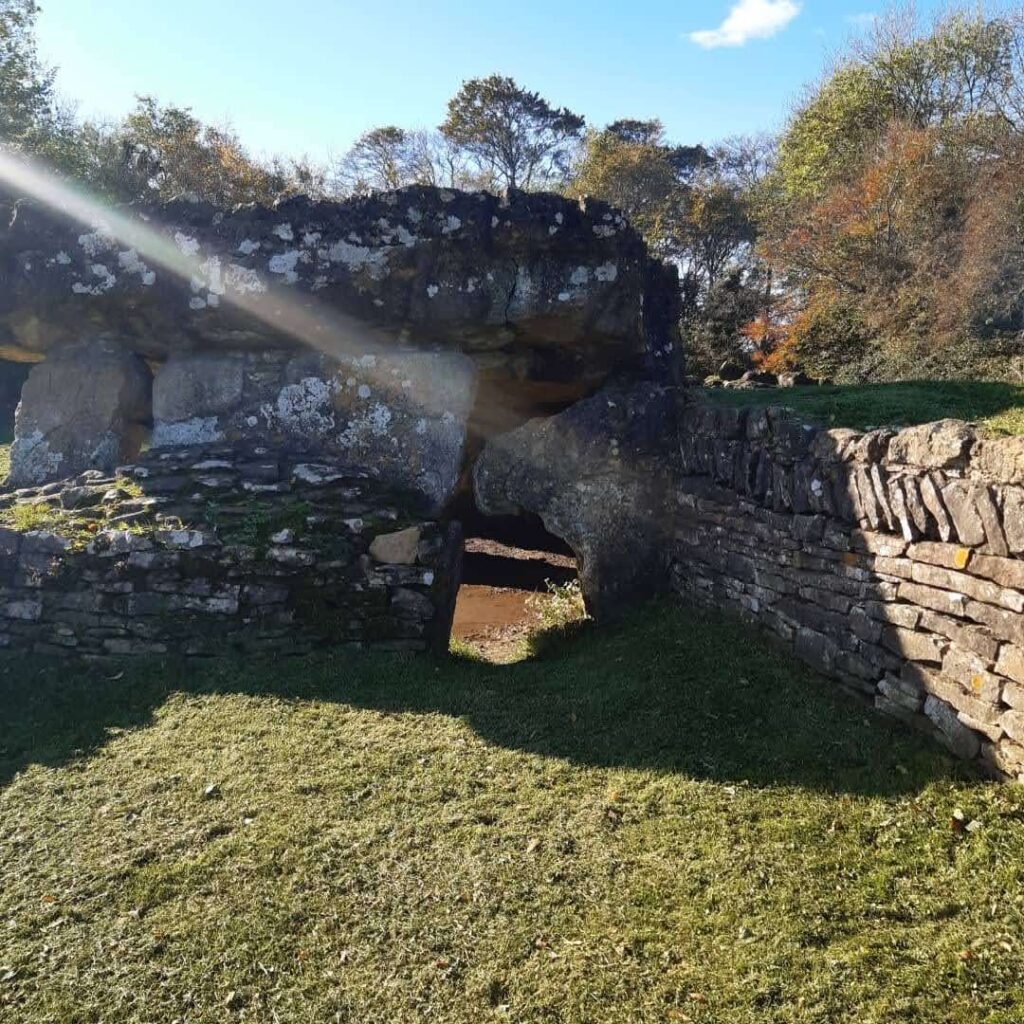
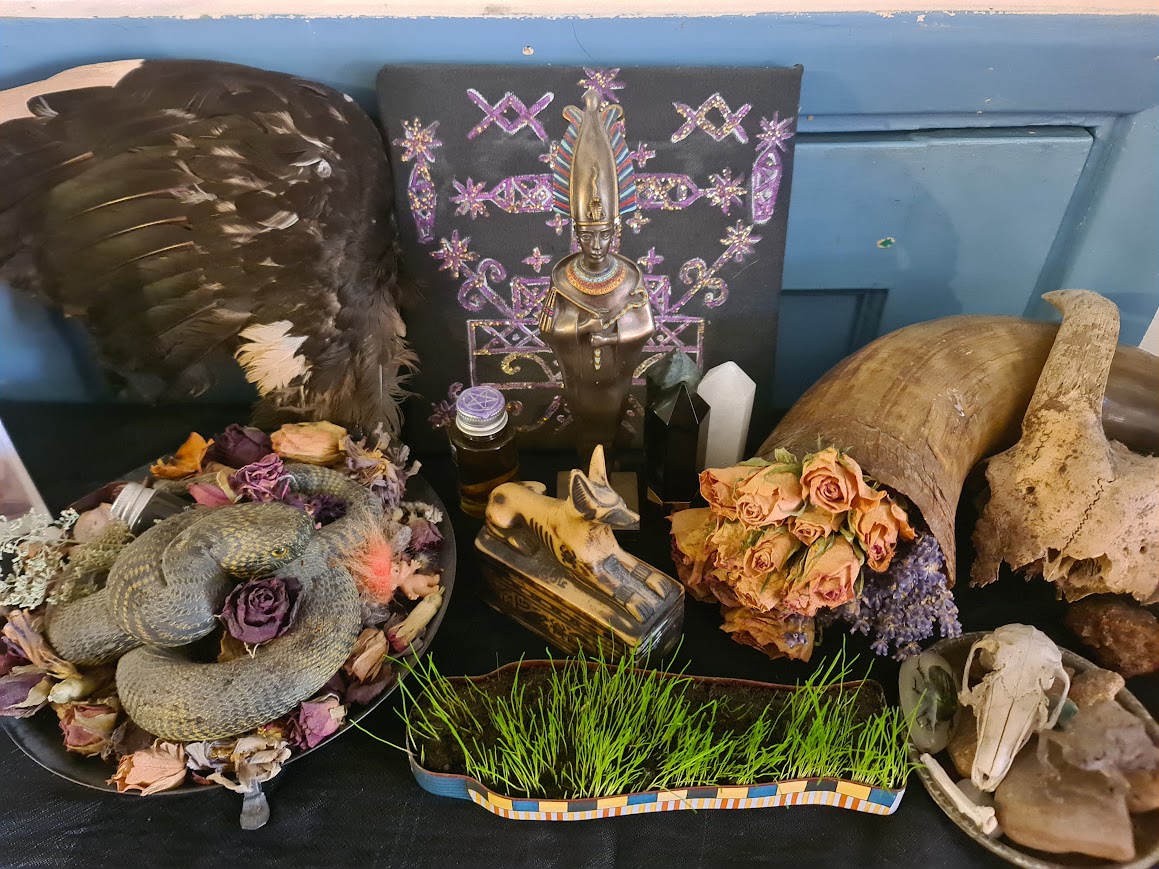 Set’s Deception: The Betrayal of Osiris
Set’s Deception: The Betrayal of Osiris